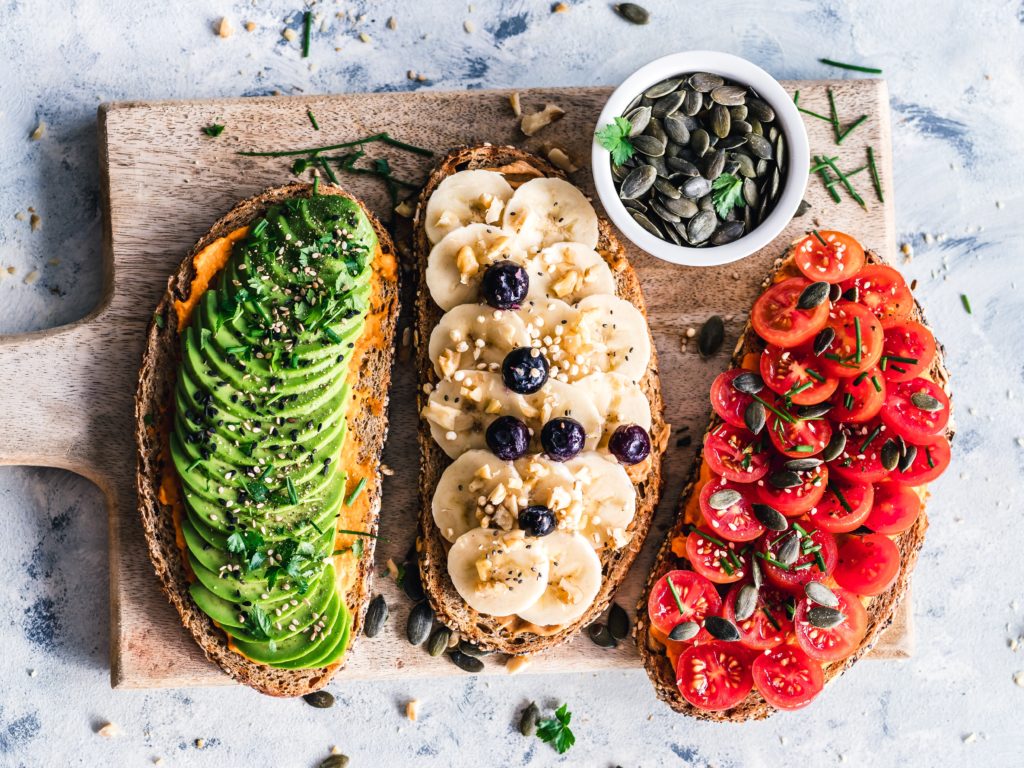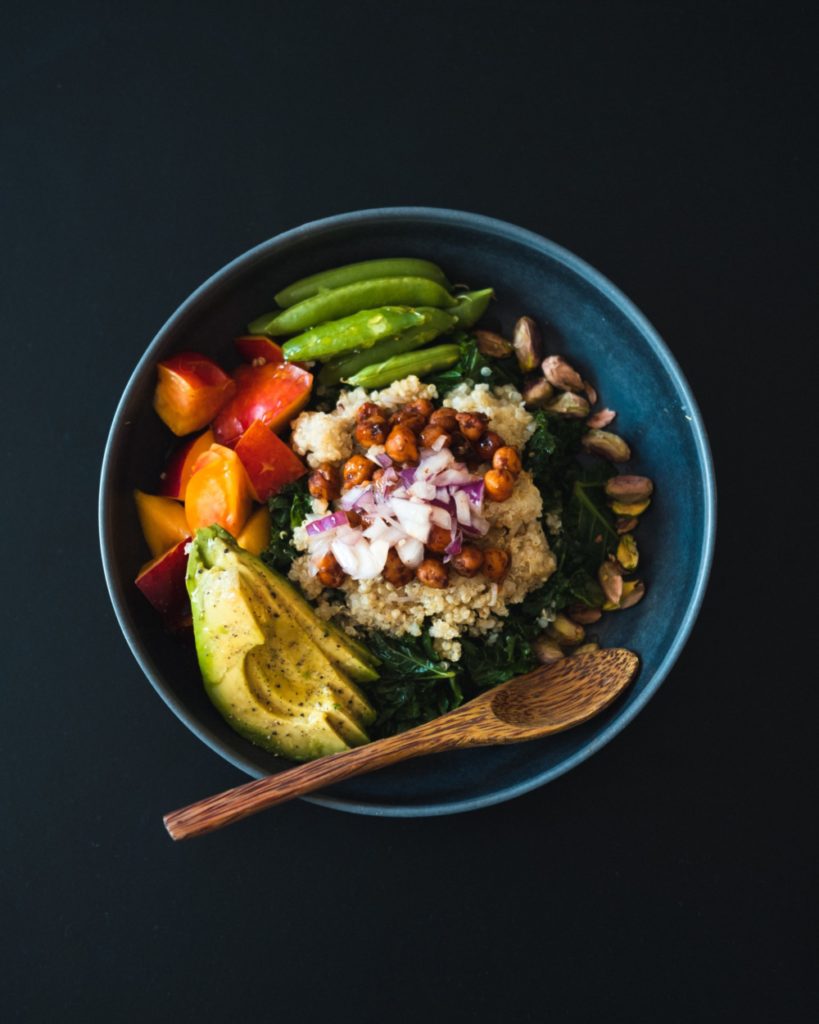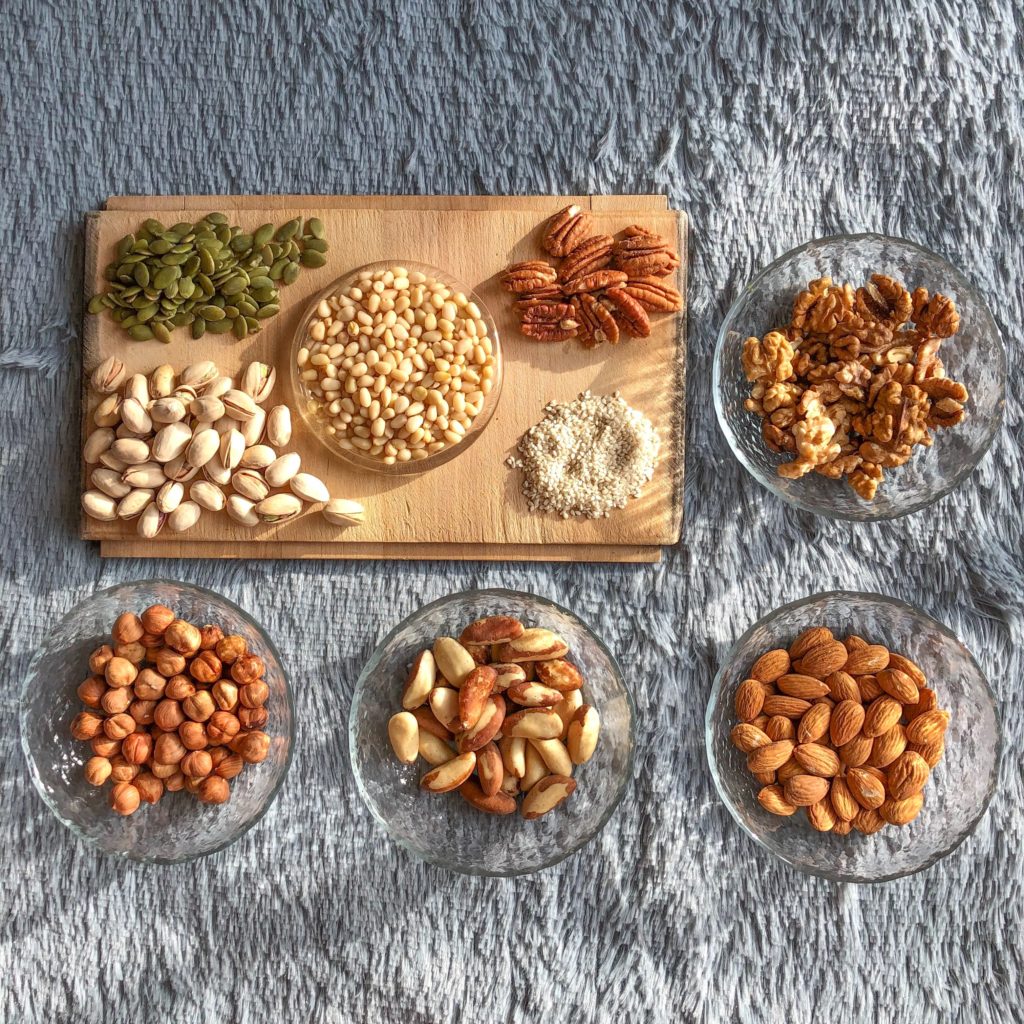
Hormones can change for so many reasons and everyone is always just looking for a quick fix. Or depending on the issue, some people choose to ignore it, and that can be just as dangerous. I lost my period for over a year, and instead of trying to remedy it or aid in the recovery, I just dismissed it and assumed maybe it would come back one day. Although I did eventually get it back, it left my body with other hormonal issues that could’ve been avoided had I educated myself better about my body.
Enough waffle! In short, I am here to help you eat for your hormones. Women’s hormones vary so much throughout our cycles and of course that is normal. But eating the correct nutrients could really aid the process and help diminish the bloats, the bad skin and the crazy erratic crying (guilty!). So here’s your guide to what to eat at what time of the month.
Menstrual phase (Days 1–5)
This is the first day of menstruation. Your hormones are at their lowest as they work to shed the uterine lining. Your energy levels tend to be lower, so unprocessed, nutrient-rich foods that help provide energy are the recommendation. Foods that are fermented may be slightly easier to digest: this includes sauerkraut, kimchi, and kombucha. Try to involve plenty of iron-rich foods that help to replenish iron levels that are lost during your bleed. Foods to include are:
Veggies – Beets, mushrooms, sea vegetables (good for magnesium), dark leafy greens such as collard greens and kale, sweet potato and root vegetables.
Fruits – Darker berries (e.g. cranberry), watermelon
Grains – Whole grains such as oats, rice, buckwheat
Nuts and seeds – Pumpkin seed, flax, peanuts. Seeds are especially high in omega fats which are good for overall hormonal health. And they do wonders for the skin!
Protein – Kidney beans, lentils. Opt for whole foods rather than processed vegan meat substitutes as your body may find these harder to digest. Whole foods will contain a more impressive amino acid profile.
Herbs – raspberry leaf, nettle leaf, turmeric – which is great for inflammation and digestion. These are best to include in the form of teas and superfood lattes. Here’s a great recipe for a turmeric latte I just love. Make sure to include black pepper if you do make this, as turmeric will not properly be absorbed into the body otherwise.

Follicular phase (Days 6–14)
Your energy levels will hopefully start to increase. This is a great time to experiment with a bit of movement, such as Pilates, yoga or walking. Movement will also help with your digestion. You may have a bit more of a varied appetite too at this point so opt for gut-loving foods with plenty of fibre.
Veggies – Artichoke – Jerusalem artichokes are a great form of prebiotic fibre, helping with the digestion and regularity of bowel movements! Broccoli, sprouts (like broccoli sprouts), lettuce, courgette, parsley
Fruits – Avocado – a brilliant fat source, high in potassium.
Citrus, pomegranate – I absolutely love the occasional glass of POM, this helps with any leftover stomach cramping
Plum, cherries
Grains – oats, rye, barley
Nuts and seeds – Pumpkin, flax, brazil nuts, cashews – these are great as a cashew sauce when you’re craving something creamy.
Protein – Lentils, split peas, black eyed peas
Herbs – Nettle, holy basil, lemon and ginger tea is great for that extra digestive boost.

Ovulatory Phase (Day 14)
This is where your hormones begin to rise again, you may start to get a bit of breast tenderness. Some spots may appear and you may find a rise in body temp. High levels of estrogen are occurring so liver-detoxifying foods will be great for you.
Veggies – Brussels sprouts – be sparing with these as they are cruciferous and very high in fibre so can cause some bloating.
Bell peppers, aubergine, spinach – high in iron.
Tomato, asparagus, Swiss chard – I’m quite a fan of rainbow chard, mainly for the color but also so delicious!
Fruits – Coconut, fig, berries, persimmon, cantaloupe.
Grains – Quinoa, amaranth
Nuts and seeds – Pumpkin, flax, pistachio, almond – almond is so versatile you can use it as a nut butter, a flour, even a porridge topper.
Protein – Lentils
Herbs – Dandelion root – this also can be found in coffee alternatives if you want that bitter taste in the mornings without the jitters; burdock root, turmeric.
Luteal phase (Days 15–28)
The monster known as PMS is about to hit! Emotions may be high but food choices should be easy! If you tend to experience water retention and bloating, keep sodium intake low to avoid swelling. Try to avoid caffeine or alcohol. If you still need some caffeine try to go for a slower release such as Matcha or green tea. You may have large cravings for carbs; this is fine but aim for complex carbohydrates like oats instead of refined starches.
Veggies – Cabbage, cauliflower, celery – this has an amazing water content and is lovely consumed as a celery juice. Cucumber, dark leafy greens, onion, squash, sweet potato.
Fruits – Apple, date, pear, peach
Grains – Brown rice, oats, millet, quinoa flakes
Nuts and seeds – Sunflower, sesame, pine nut – perfect for a homemade pesto pasta when you also need your carb fix. Walnut – these are also great for brain function, I know I find I have a foggy brain during PMS.
Protein – Chickpeas – can be in the form of chickpea pasta, chickpea flour to make vegan omelettes or even vegan cookies with chickpeas and aquafaba. Navy beans
Herbs – Burdock root, dandelion, ginger, peppermint, spirulina – good in smoothies. Not an herb, but dark chocolate is rich in iron and magnesium and can be a good coffee alternative in the form or a hot chocolate.
So there you have it. Nourish your body with the nutrients its really craving and hopefully we can get through these cycles together!
Get more like this—Sign up for our daily inspirational newsletter for exclusive content!
__
Photo: Ella Olsson via Unsplash; Sonny Mauricio via Unsplash; Pavel Kalenik via Unsplash




